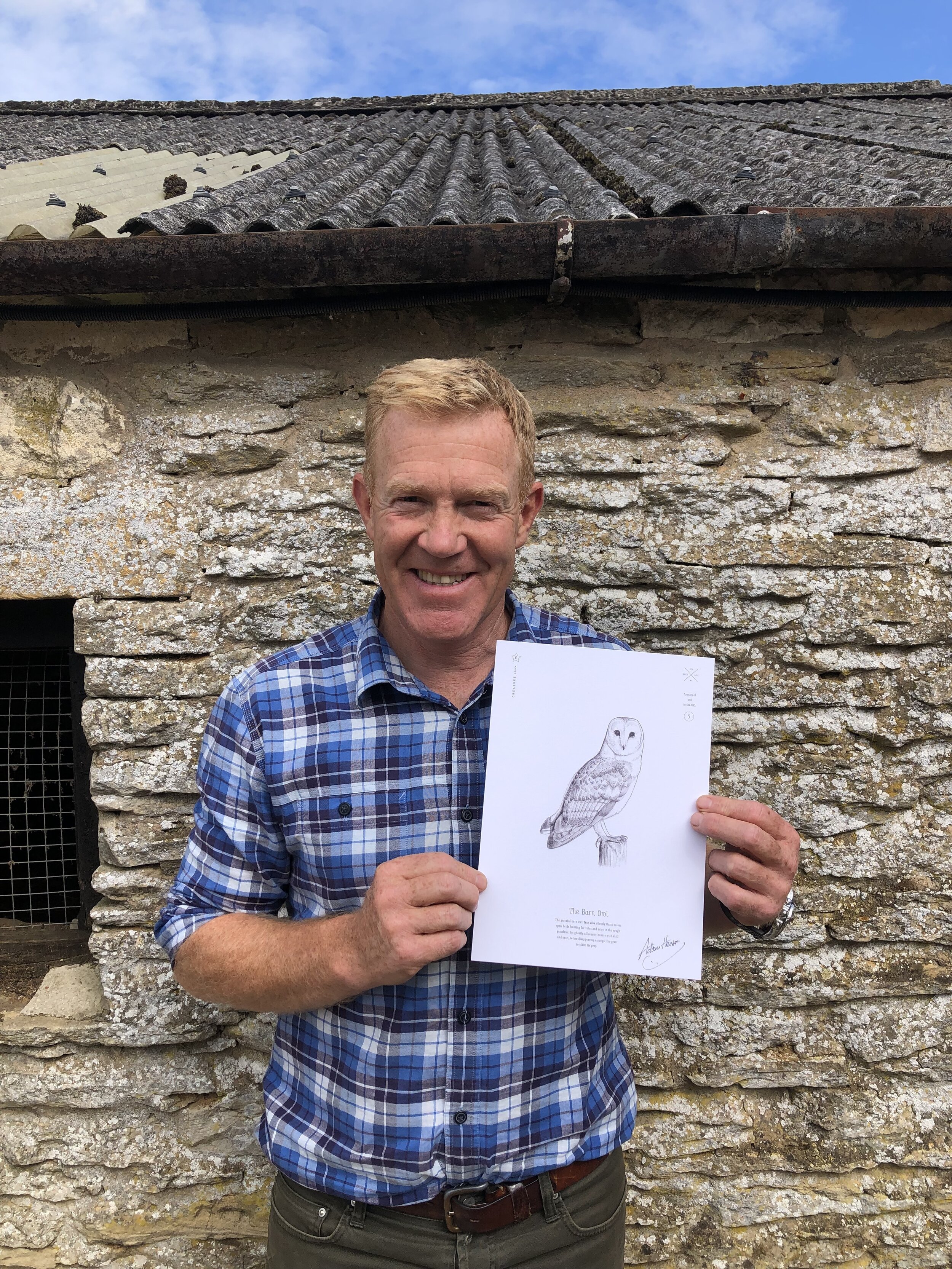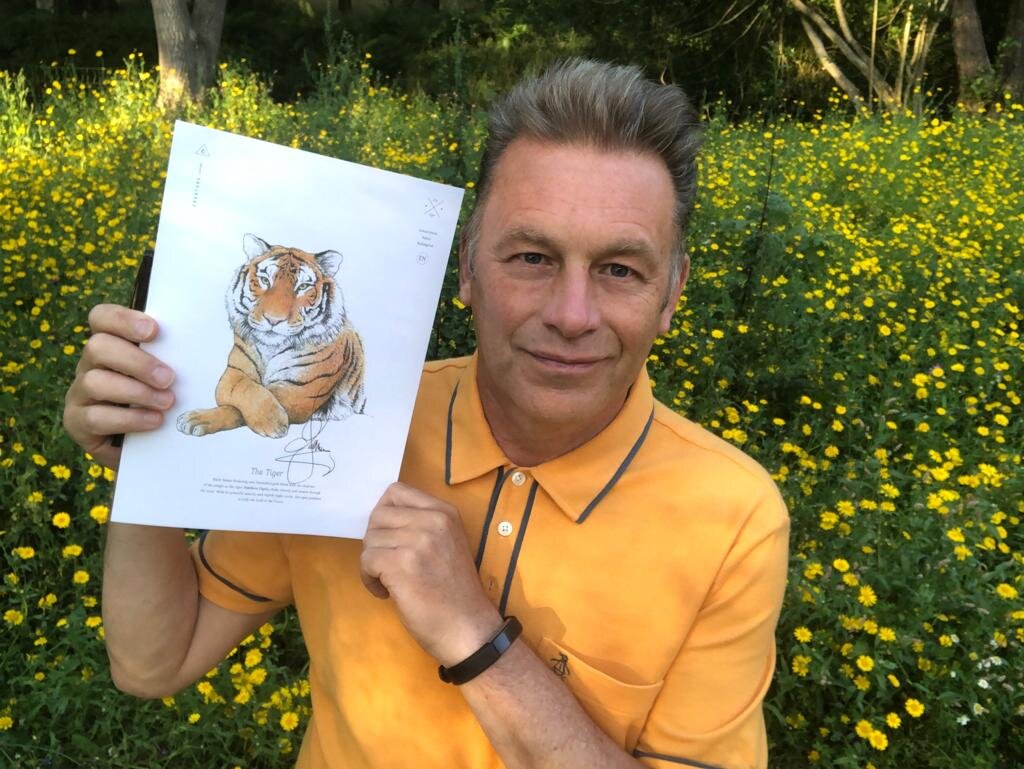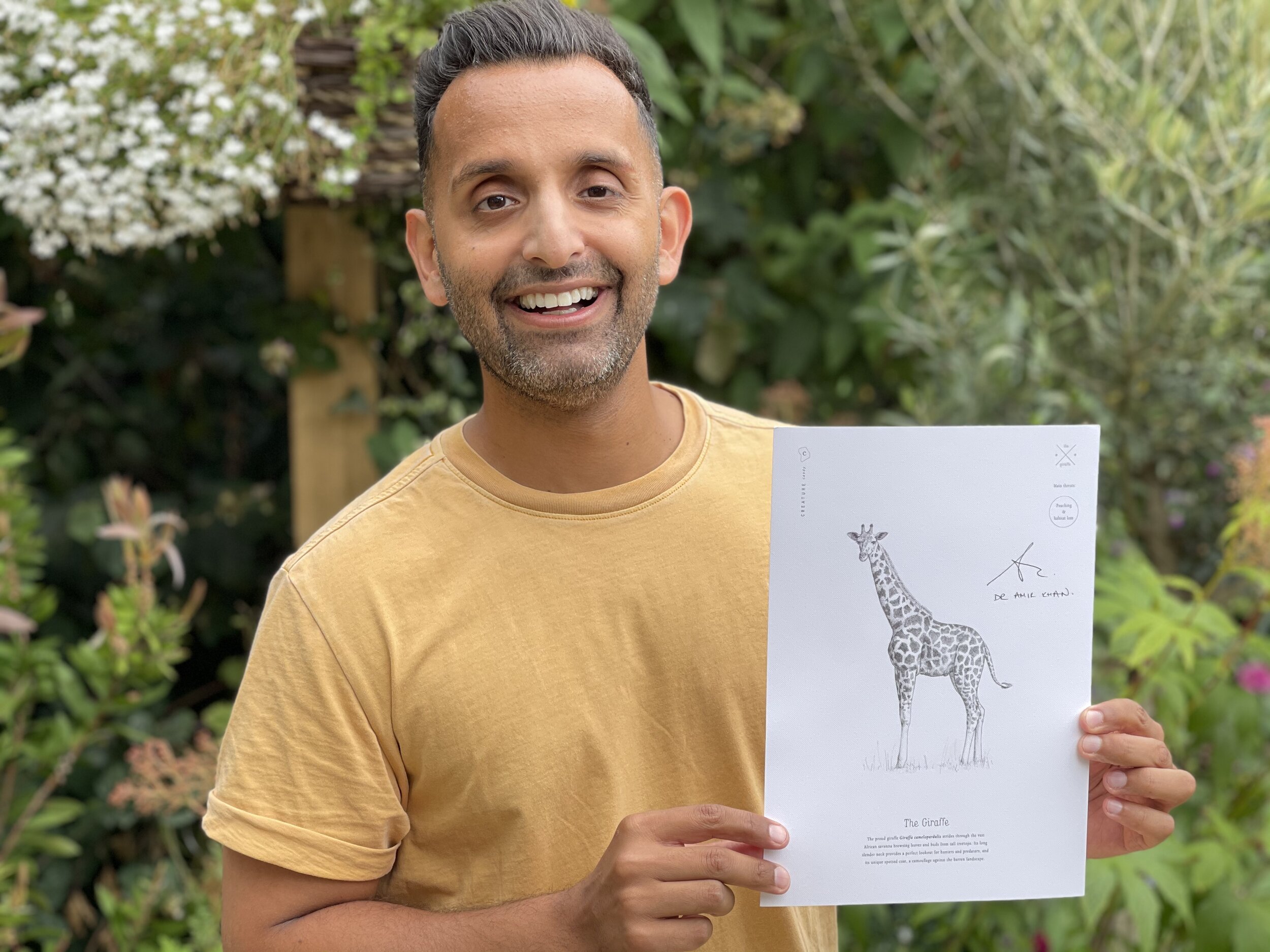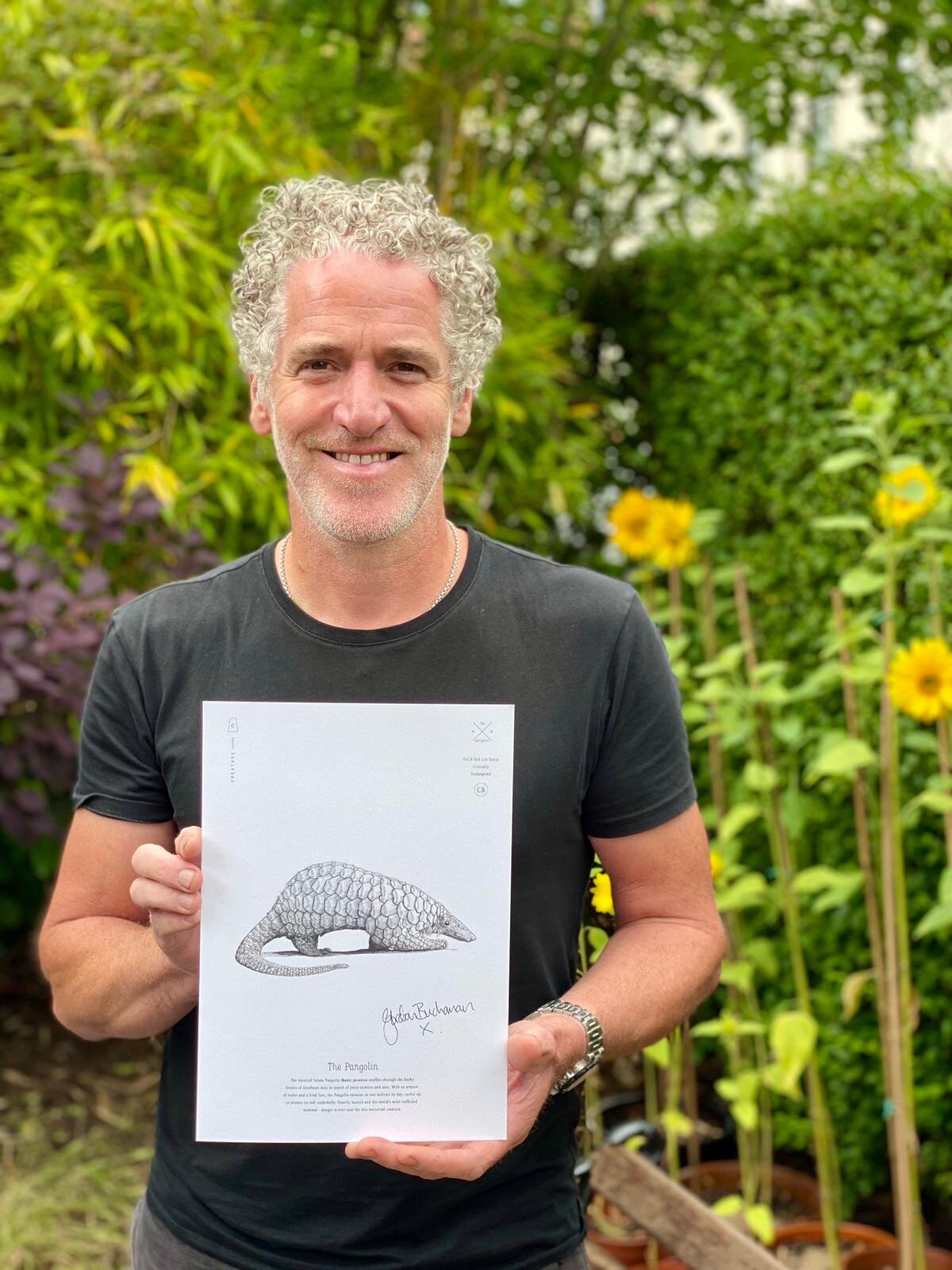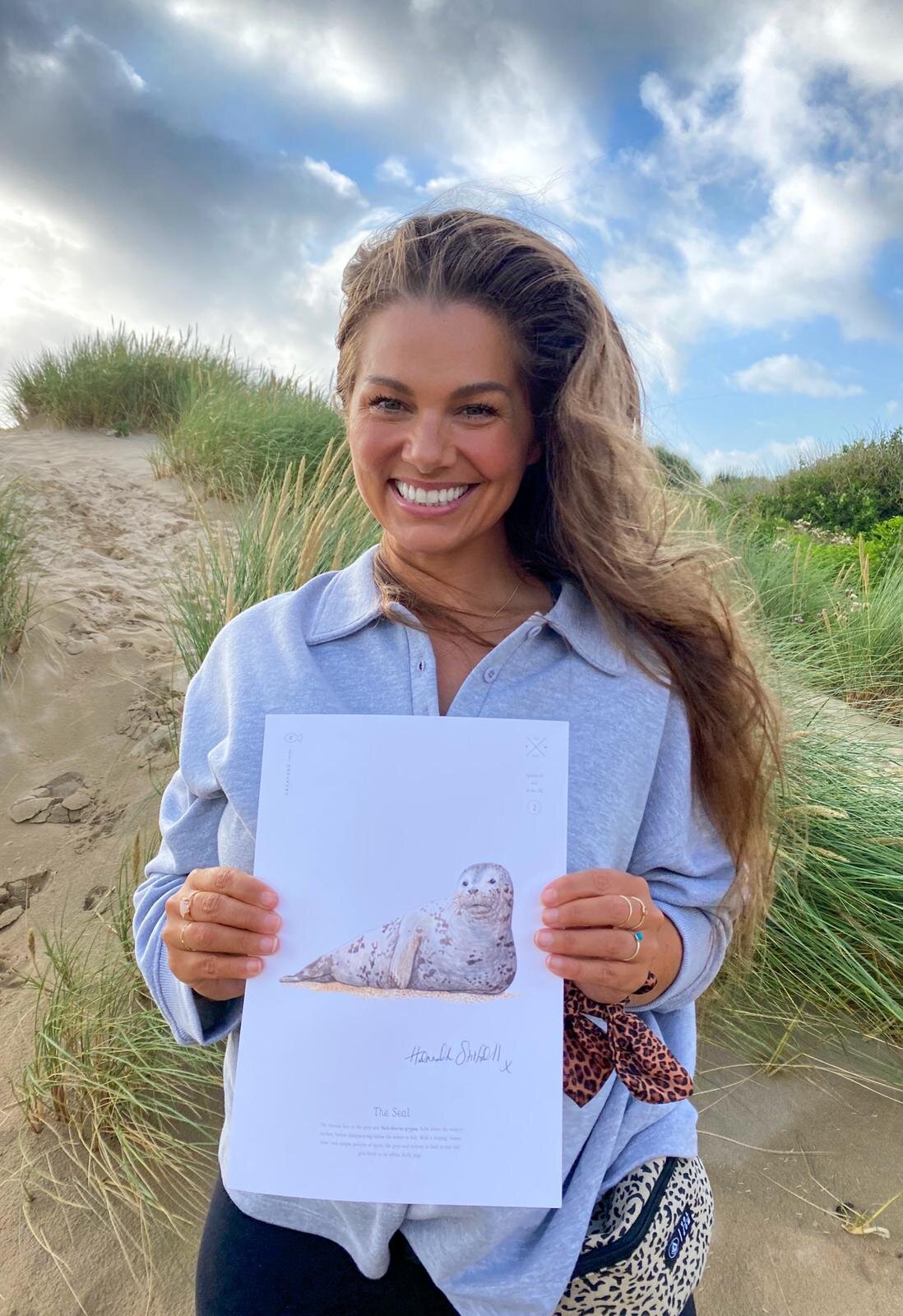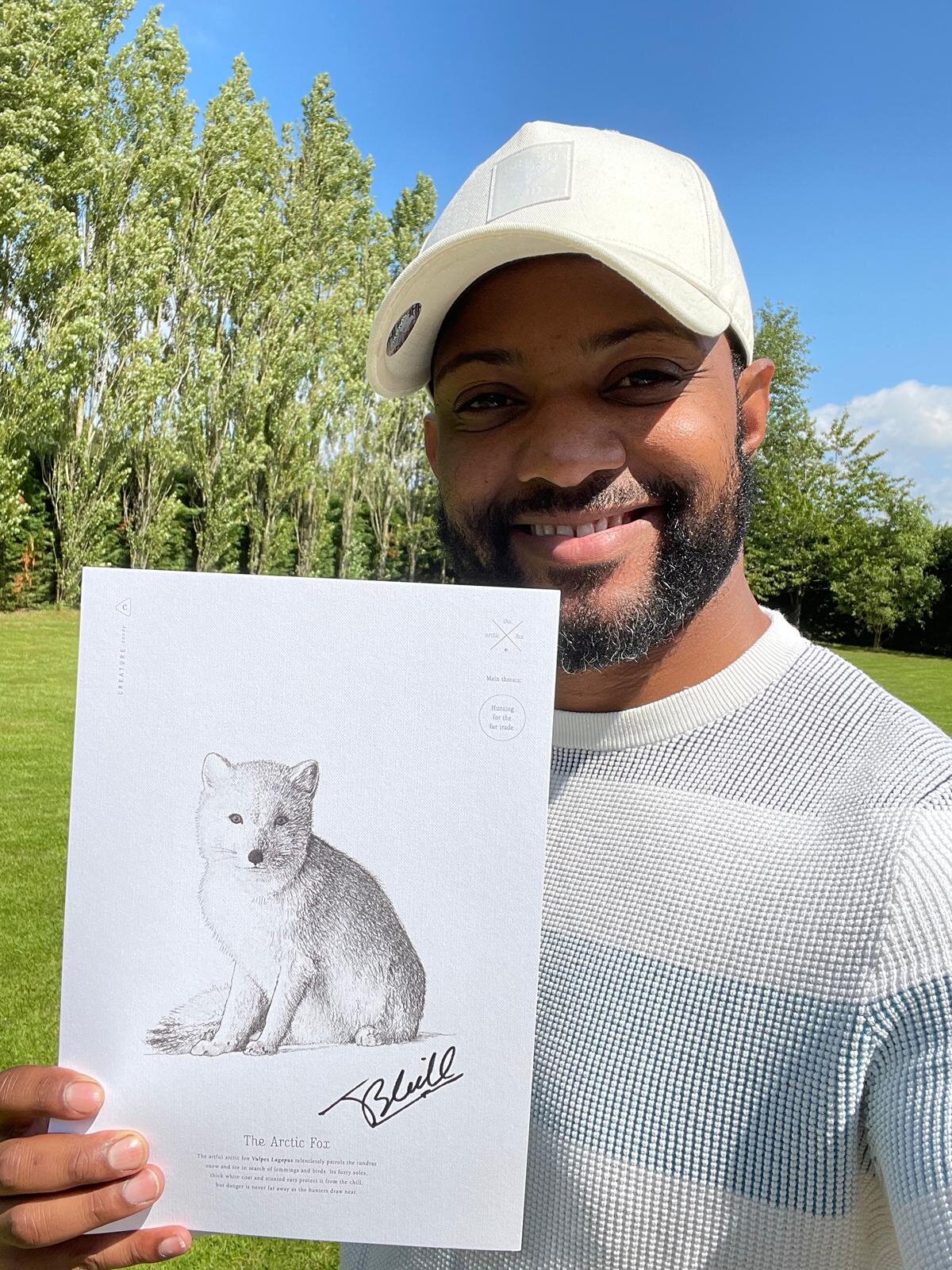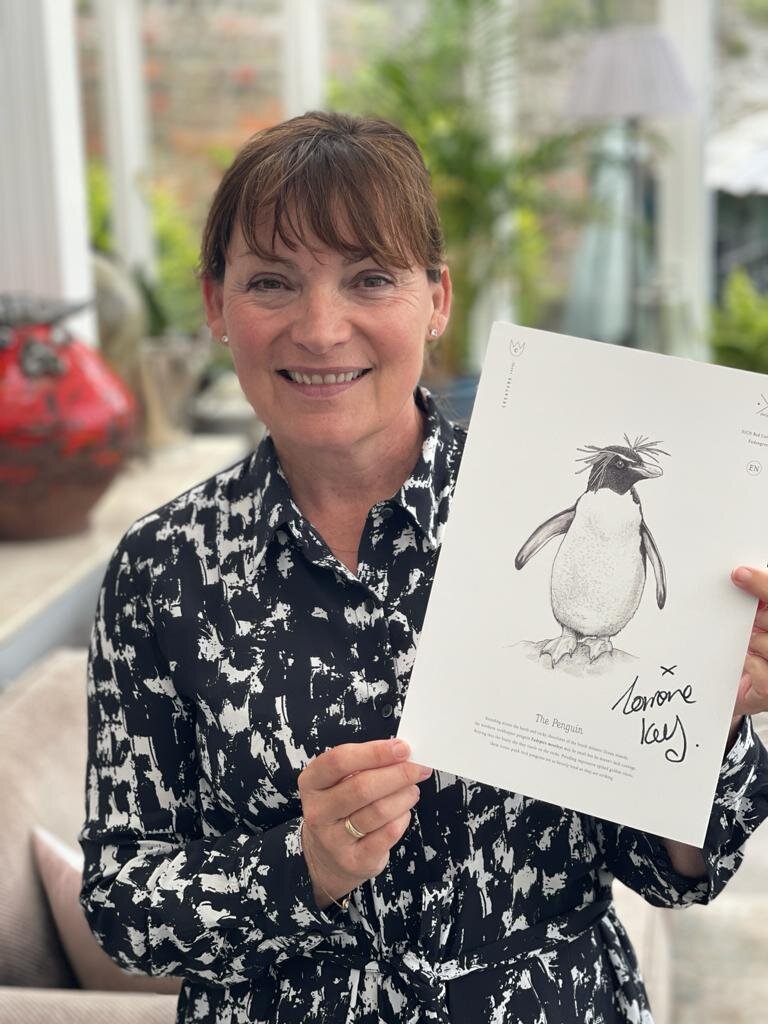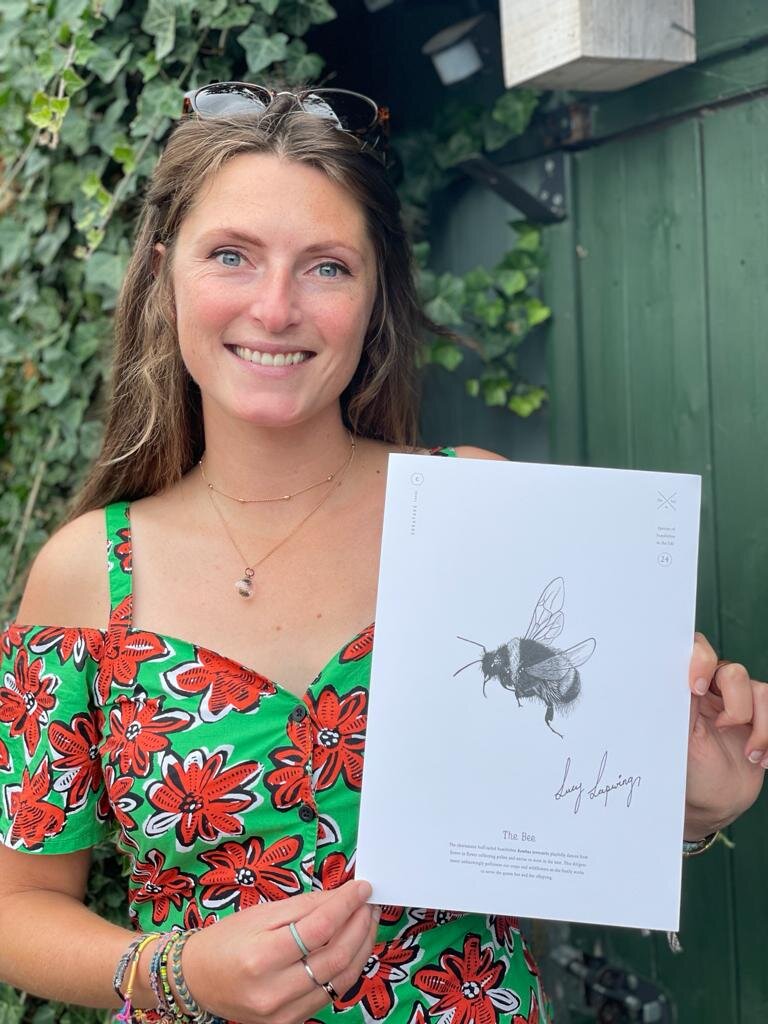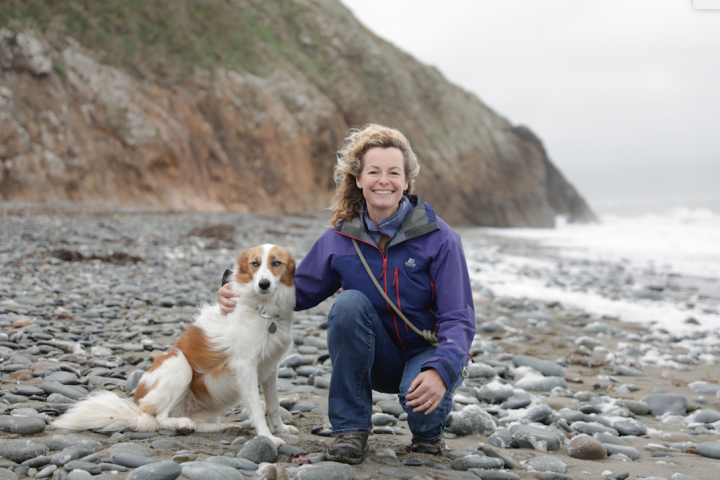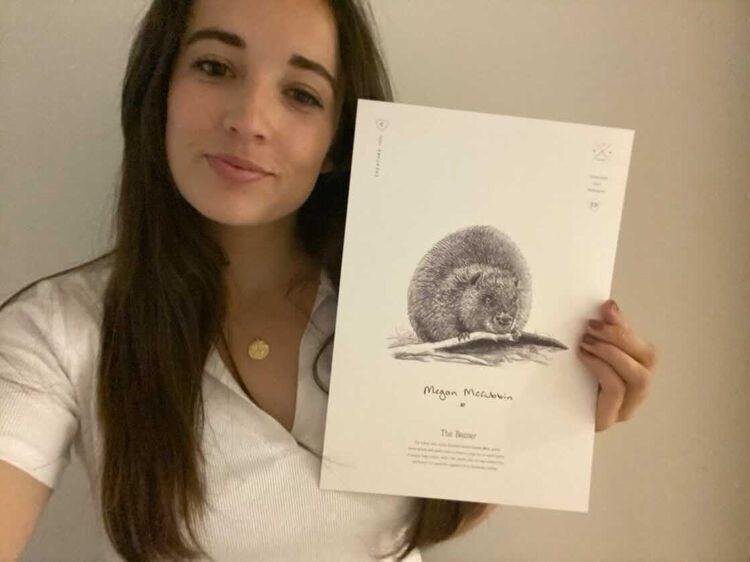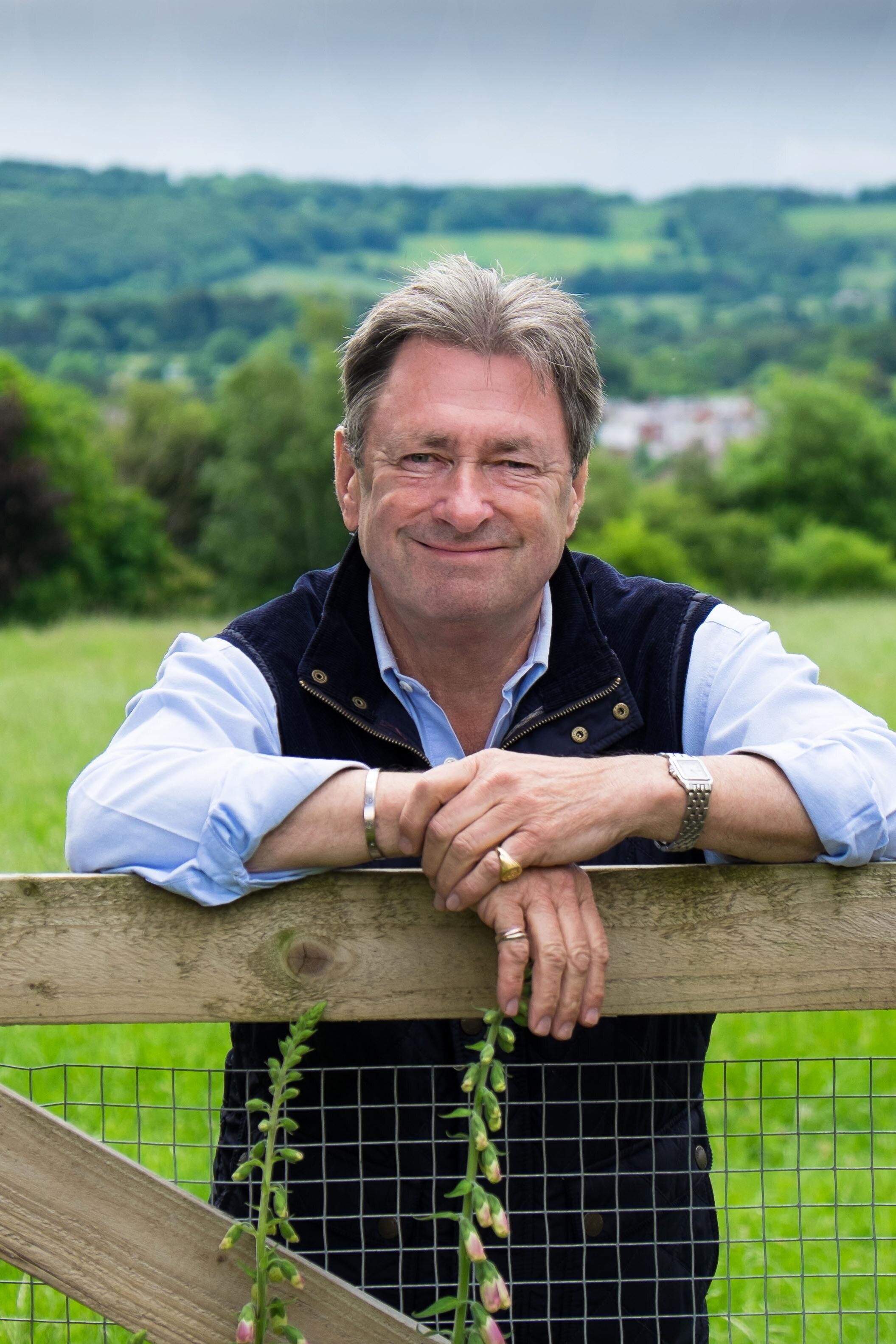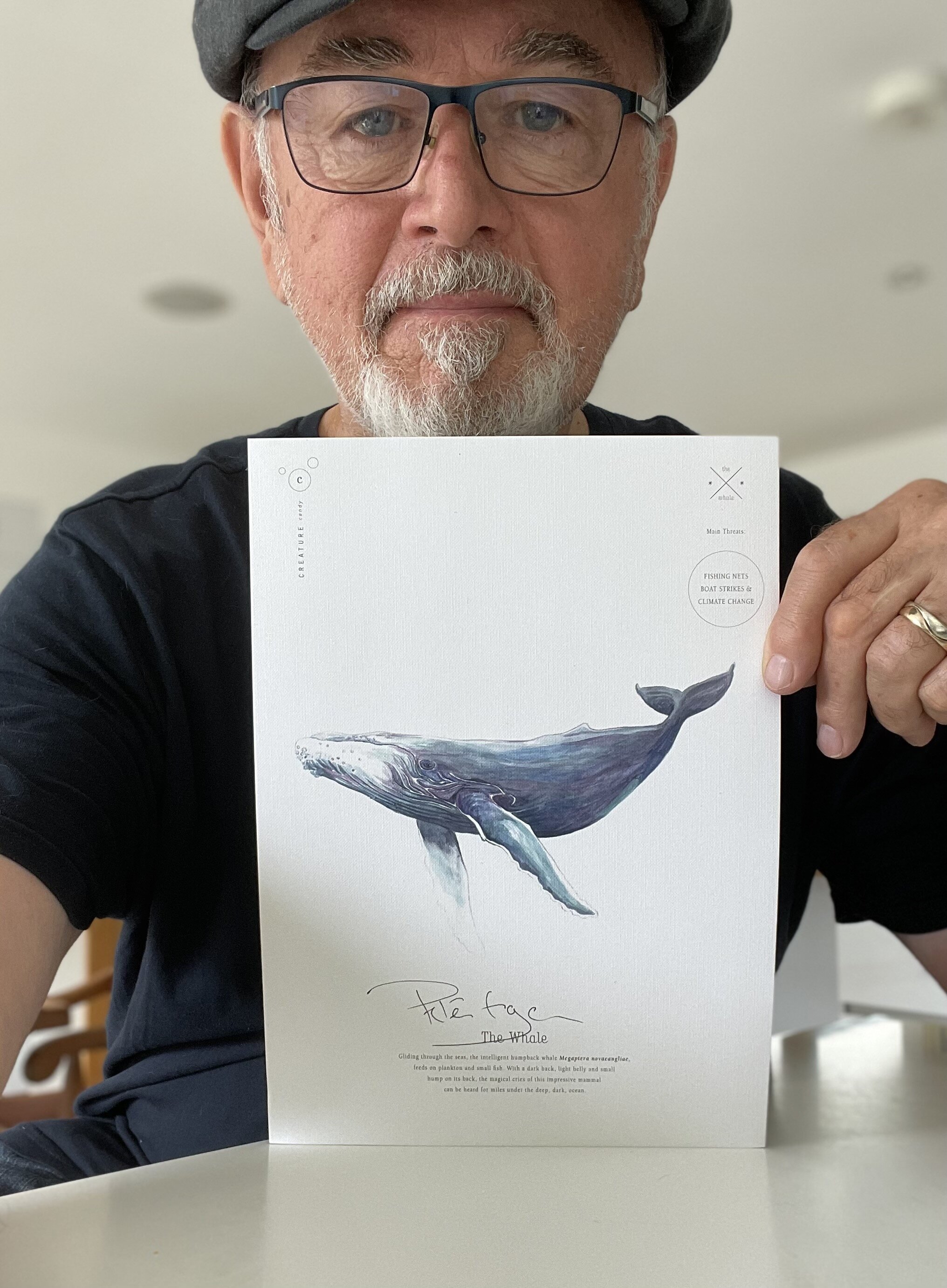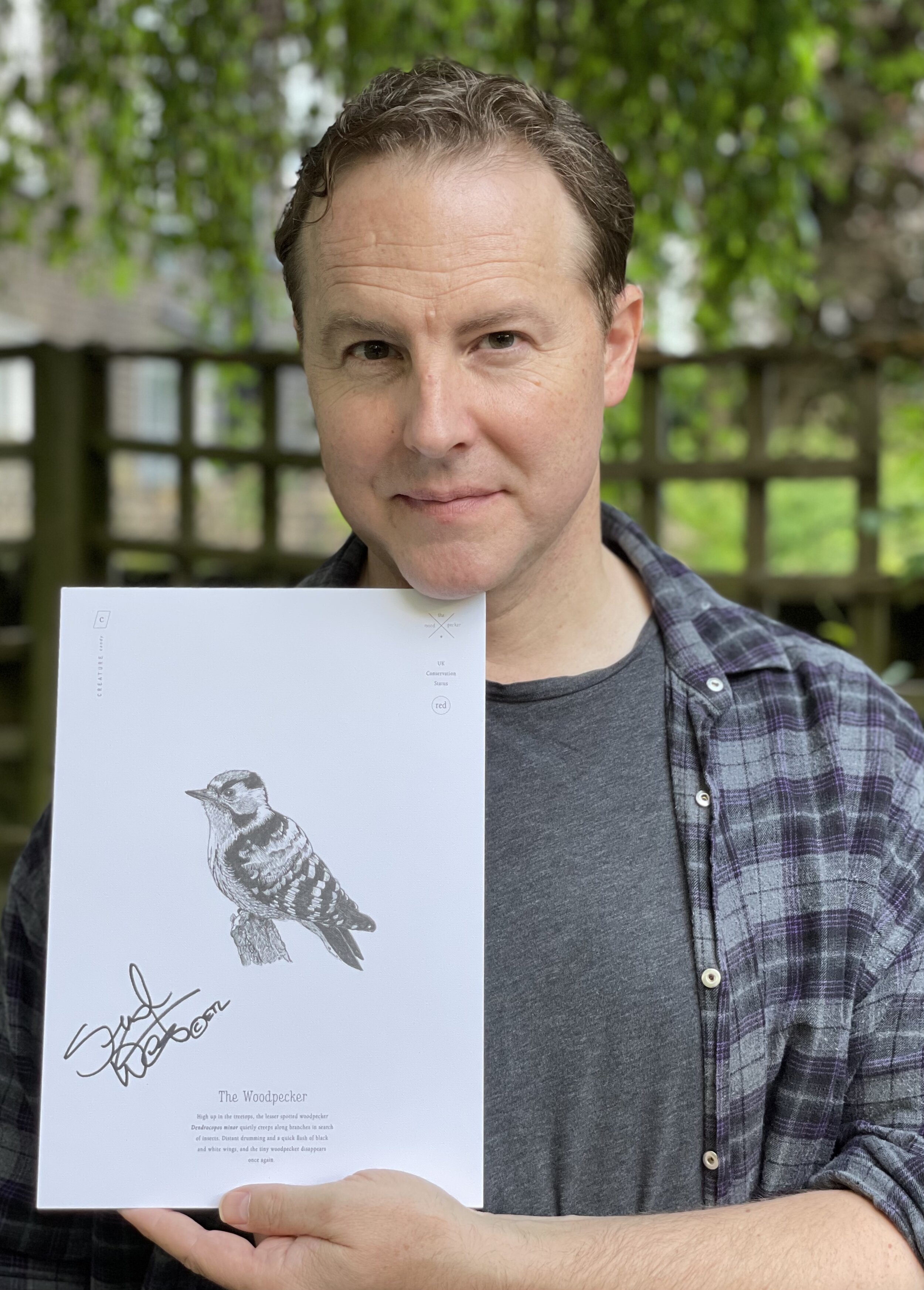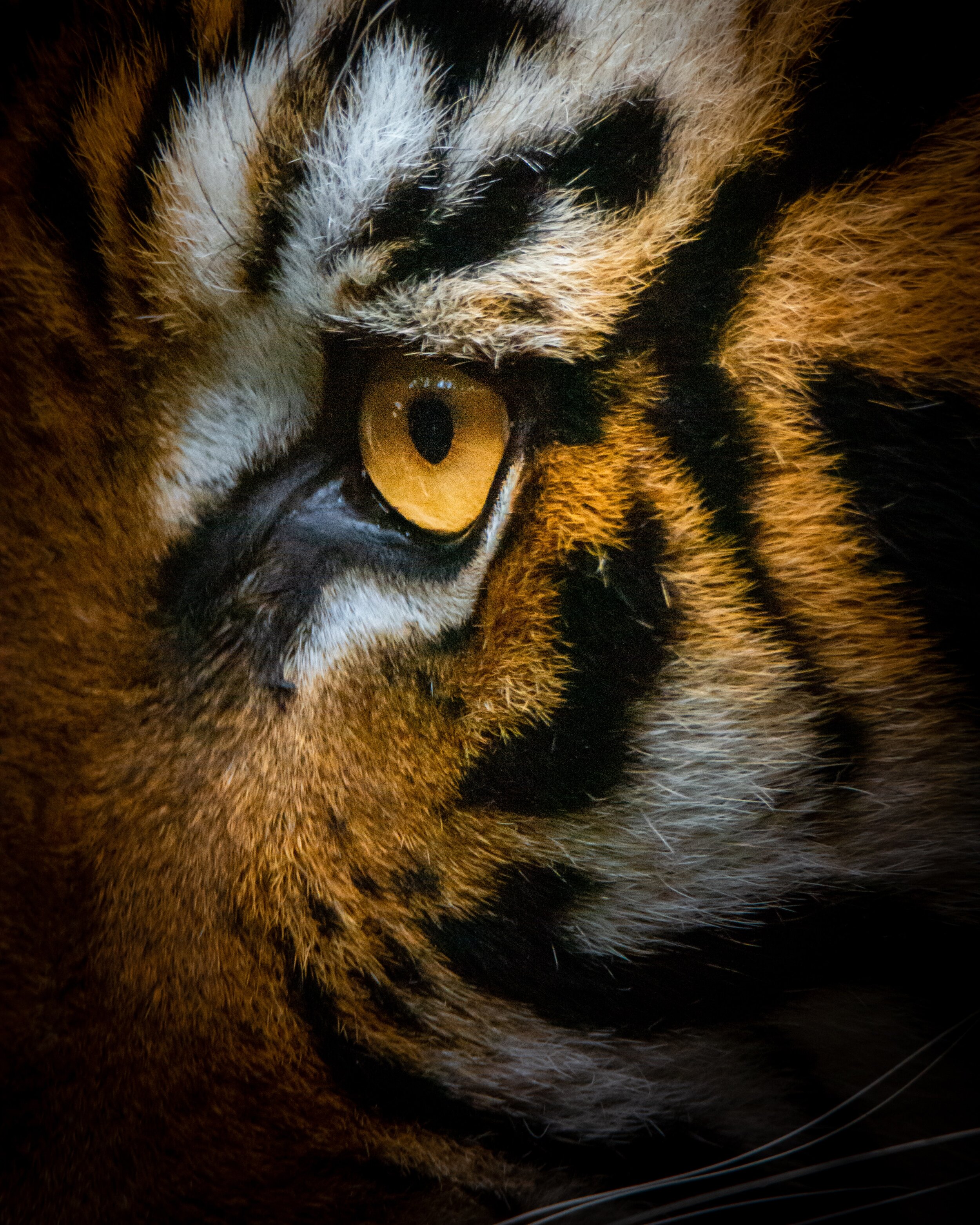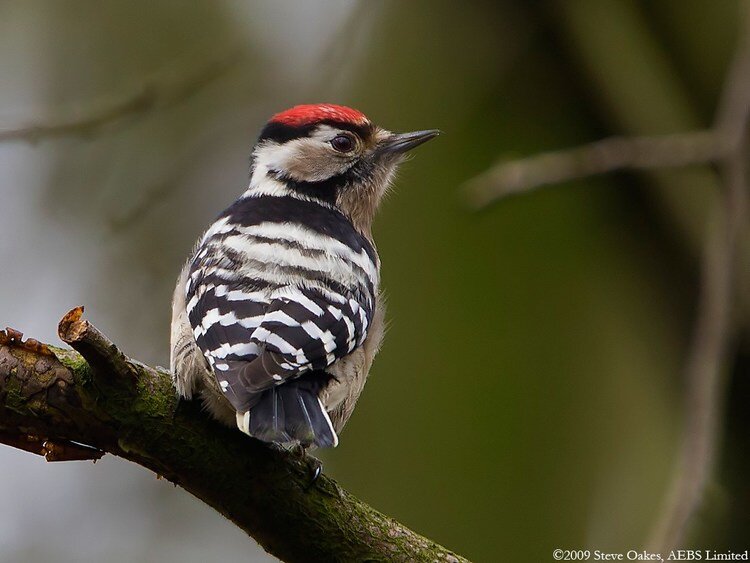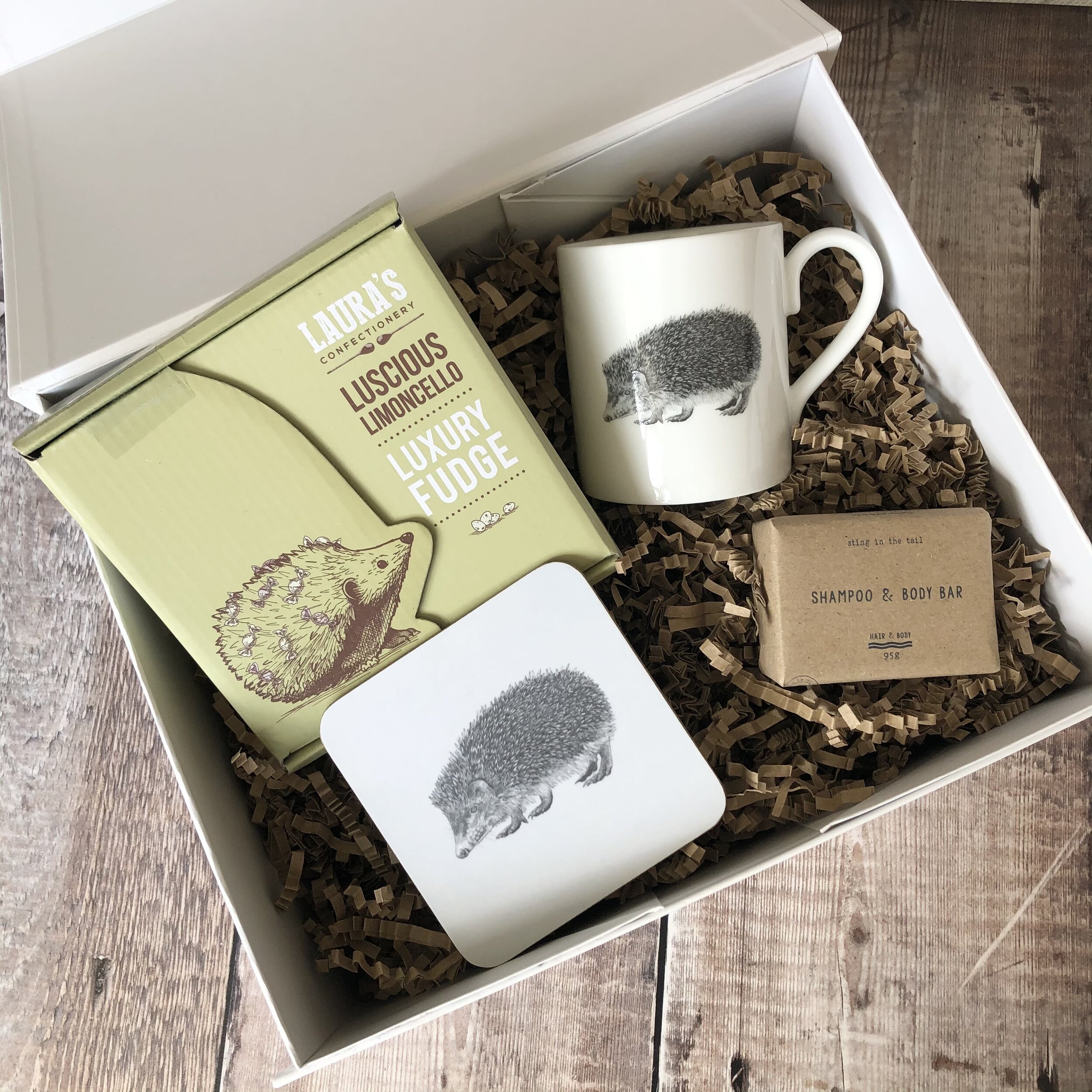By Anthony Spicer.
Recently I have found a local pond near to where I live, and during my daily exercise I have been heading up there for about an hour to see what could potentially appear. Given its location on the outskirts of the town, I hoped it could deliver some interesting birds and that quickly proved to be very true!
One bird I have encountered up at the pond on a few of my visits has been cormorants. These large birds are traditionally found along coastal areas, but over the past few years they have been appearing more and more inland on estuaries and any substantial body of water. Cormorants are prolific fish hunters; they can stay underwater for a considerable period of time diving down to catch a variety of fish. Their overall plumage is not waterproof, which gives them the advantage of diving very deep as buoyancy is reduced. As you can see from the pictures I have taken, the two I have seen at the pond are a mature adult and an immature adult. The immature one is a light brown with a very pale white chest compared to the all-black appearance of the mature cormorant.
After they spent a period of time swimming and diving in the water below, they flew up onto a tree in the middle of the pond and one of the behaviours we noticed them doing was fanning their wings out. This is something they will do after spending time in the water, to try and dry their feathers out as quickly as possible. Also, in the cold winter months they will often do the same behaviour to help regulate their body temperature.
As the days passed, I noticed another bird species that had moved into the pond and was growing in numbers. Tufted duck is a species of duck that is commonly found across all of the UK. They are small diving birds (smaller than mallards) and are often seen in large numbers making their way round any body of water they can find. They can dive down as far as 14 metres in order to catch their food, which is made up of molluscs, insect and aquatic plants. In total I had up to 7 tufted ducks on this particular pond, and they were all males. As you can see from the pictures below males are distinguished from females by their white wing patch. You will also notice the long tuft on the back of their heads, this is the best sign of them being a tufted duck, as no other species of duck we have in the UK has this feature. They were a pleasure to watch, sit with, and photograph each morning I went there, gradually coming closer and closer to me the more time I spent with them.
As I kept scanning around the water to see what else I could find and hopefully photograph with the hours ticking by, I noted birds like moorhens, coots, grey herons and even a male and female shoveler. Then, out the corner of my eye, I also noticed a furry friend nestled on the side of the pond out on the bank. Immediately I could ID him and of course it was a brown rat. Brown rats are amazing creatures, they are true scavengers picking up anything they can find to eat left behind mainly by humans. They are a mammal that we all live with, often in our gardens and sometimes even in our homes or sheds. With this rat though I wanted to get up close and personal, so I slowly made my way over and got down really low to the ground with him. This enabled me to get photos at his level, to showcase the world as he sees it. The sun was just right when I took these photos, and he was a pleasure once again to photograph.
Discover more from Anthony
We’ve teamed up with some of the best wildlife photographers you can find on Instagram! Learn more about the wildlife photographers we work with below, including some of their beautiful images and discounts for their work.
Love nature? Take a look at our Big Fundraiser for wildlife.
Wildlife prints signed by celebrities, naturalists and influencers are available to buy or pre-order now. 50% of the sale price of ALL prints is donated to wildlife charities.

Humboldt penguins are classed as ‘Vulnerable’ on the IUCN list but are listed as ‘Critically Endangered’ in Peru. There has been a huge overall drop in numbers of the past 100 years, where Humboldts originally were estimated to be in numbers of almost one million and have since dropped to only 30,000 individuals.
One of our new designs is the lesser spotted woodpecker Dendrocopos minor. I'm sure some of you are not very familiar with this bird and that is one the main reasons we have chosen it for our new designs. To raise awareness and funds for it's much needed conservation.




